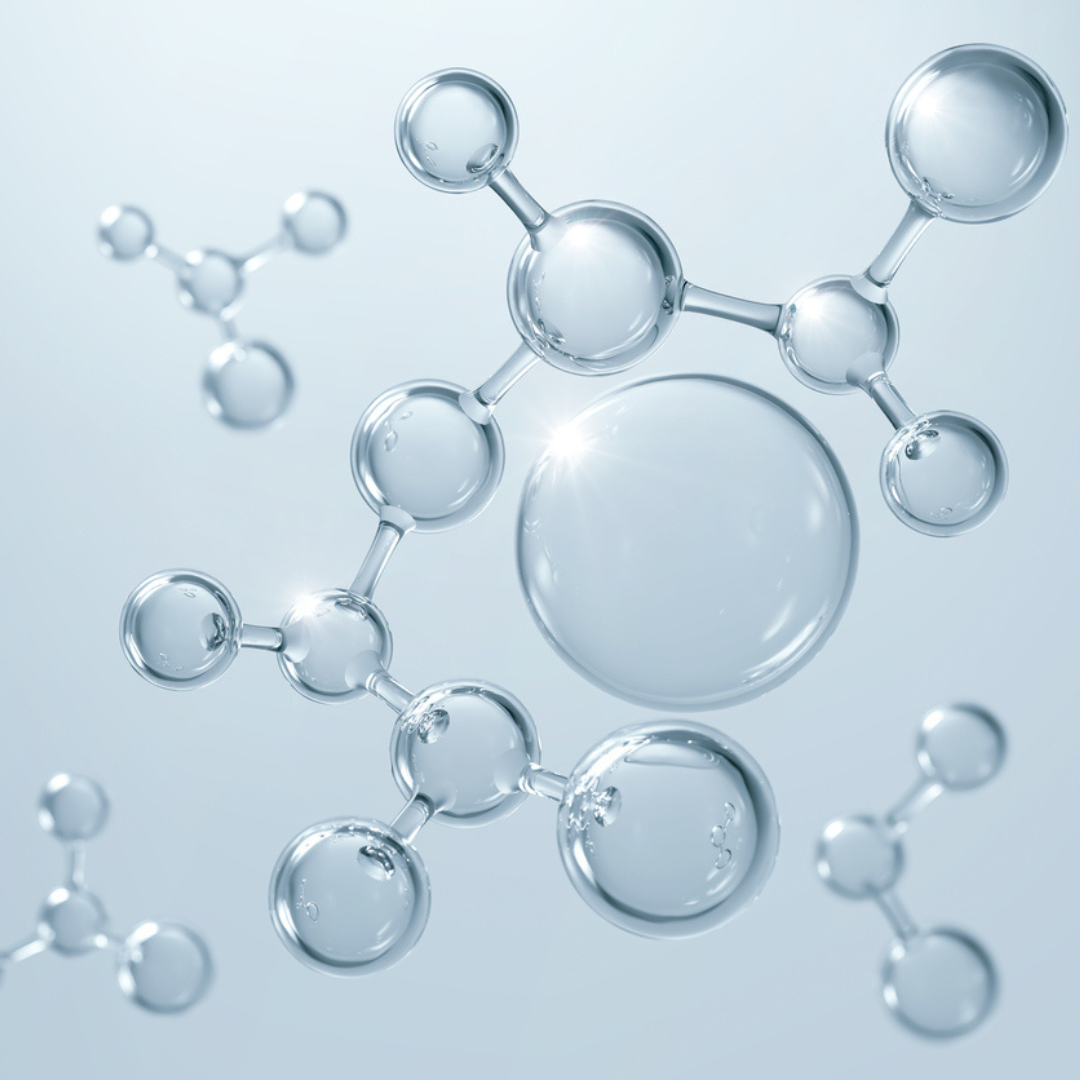
The Science Behind Chemical Peels
It's essential to understand the science behind them. Chemical peels involve the controlled application of specific chemical solutions to the skin, promoting exfoliation and encouraging the growth of new, healthier skin cells. By triggering the skin's natural healing process, chemical peels stimulate collagen production, improve texture, and address concerns like hyperpigmentation and fine lines.
Introduction
The pursuit of youthful, radiant skin has led to the development of various skincare techniques, and among them, chemical peels stand as a tried-and-true method for achieving transformative results. These treatments have gained popularity for their ability to rejuvenate the skin and address a range of concerns. However, to truly appreciate the effectiveness of chemical peels, it's crucial to delve into the science that underpins their remarkable outcomes.
The Process Unveiled
At its core, a chemical peel is not as daunting as it sounds. It involves the controlled application of specialized chemical solutions onto the skin's surface. These solutions, which often contain alpha hydroxy acids (AHAs), beta hydroxy acids (BHAs), or other exfoliating agents, work their magic by gently removing the outermost layers of the skin. This process triggers exfoliation, which helps shed the old and damaged skin cells, making way for new, healthier cells underneath.
The Skin's Healing Response
The beauty of chemical peels lies in their ability to harness the skin's natural healing process. When the outer layers of the skin are exfoliated, the body perceives this as a minor injury, and the healing mechanisms kick into gear. One of the most significant outcomes of this response is the production of collagen.
Collagen is a crucial protein that gives skin its structure, firmness, and elasticity. Over time, natural collagen production diminishes, leading to the appearance of fine lines, wrinkles, and sagging skin. Chemical peels, by prompting the skin to generate more collagen, effectively combat these signs of aging. This renewed collagen production leads to improved skin texture, reduction of fine lines, and a more youthful appearance.
Addressing Skin Concerns
Beyond their collagen-boosting capabilities, chemical peels are adept at tackling a spectrum of skin concerns. Hyperpigmentation, the uneven distribution of melanin resulting in dark spots and patches, is a common issue that many individuals seek to remedy. Chemical peels, especially those containing ingredients like glycolic acid or kojic acid, can assist in breaking down excess melanin and revealing a more even skin tone.
Fine lines and wrinkles, often synonymous with aging skin, are also prime targets for chemical peels. By encouraging the growth of new skin cells and stimulating collagen production, chemical peels can significantly diminish the appearance of these age-related skin imperfections.
Tailored Solutions
A key factor in the success of chemical peels lies in the customization of the treatment. Not all peels are created equal, and understanding the unique needs of each individual's skin is paramount. The depth of the peel, the type of chemical solution used, and the concentration all play a role in determining the desired outcome. A skilled skincare professional can tailor the peel to address specific concerns while considering the client's skin type and sensitivity.
Conclusion
As we delve into the science behind chemical peels, the marvel of these treatments becomes evident. By harnessing the skin's natural healing mechanisms and promoting collagen production, chemical peels offer more than just surface-level improvements. They provide a deeper rejuvenation that can transform the texture, tone, and overall health of the skin. As individuals continue to seek effective and science-backed solutions for their skincare needs, chemical peels stand as a testament to the remarkable intersection of science and beauty.
Products
View all
